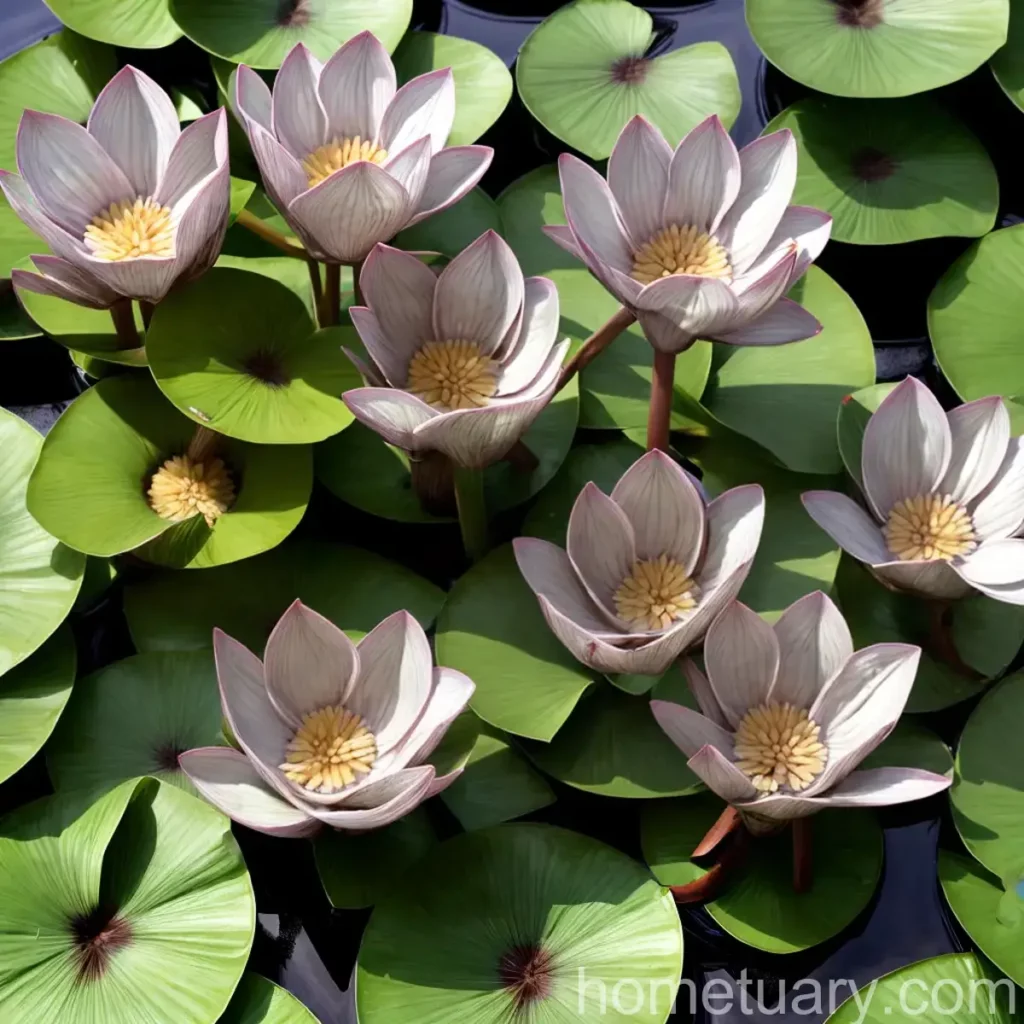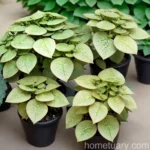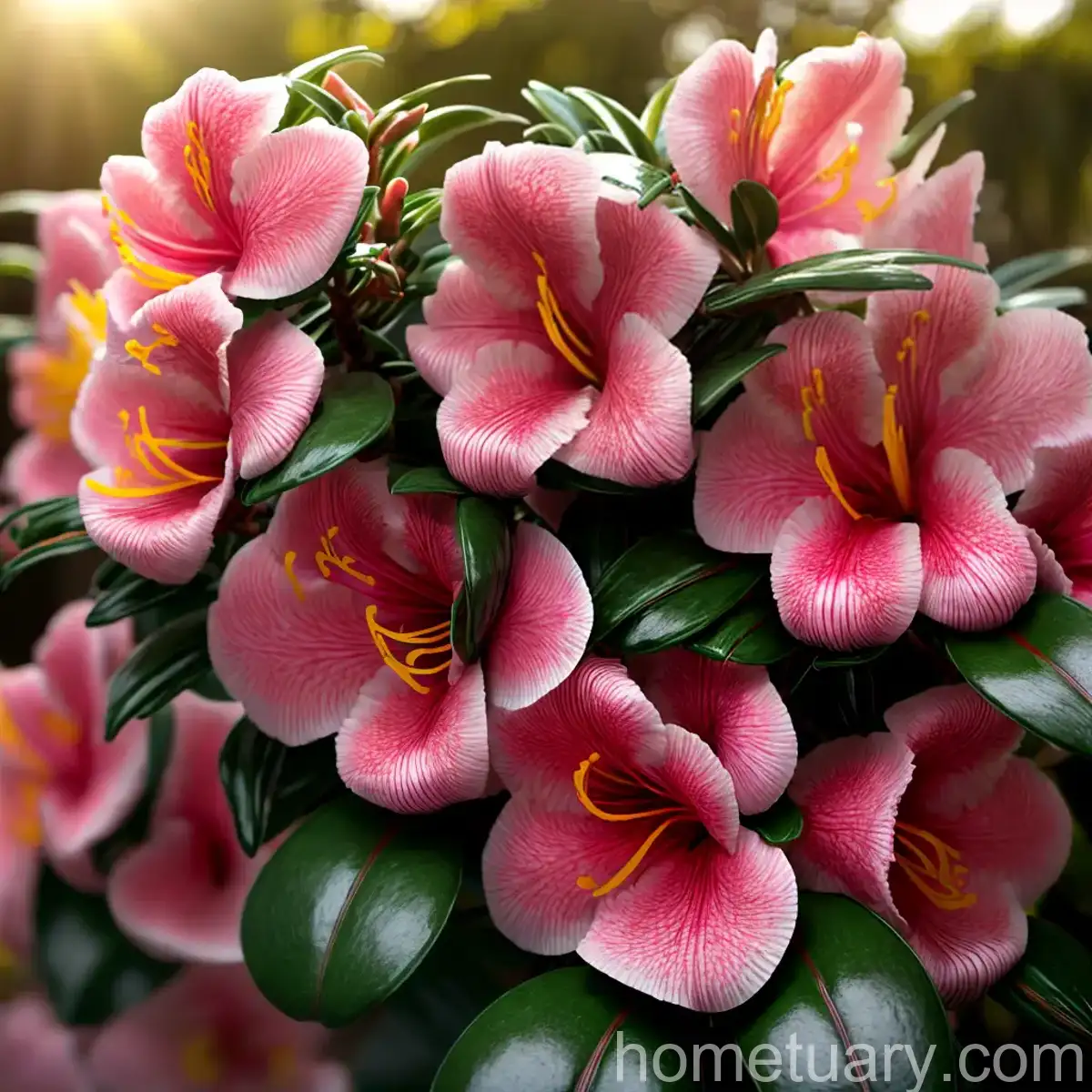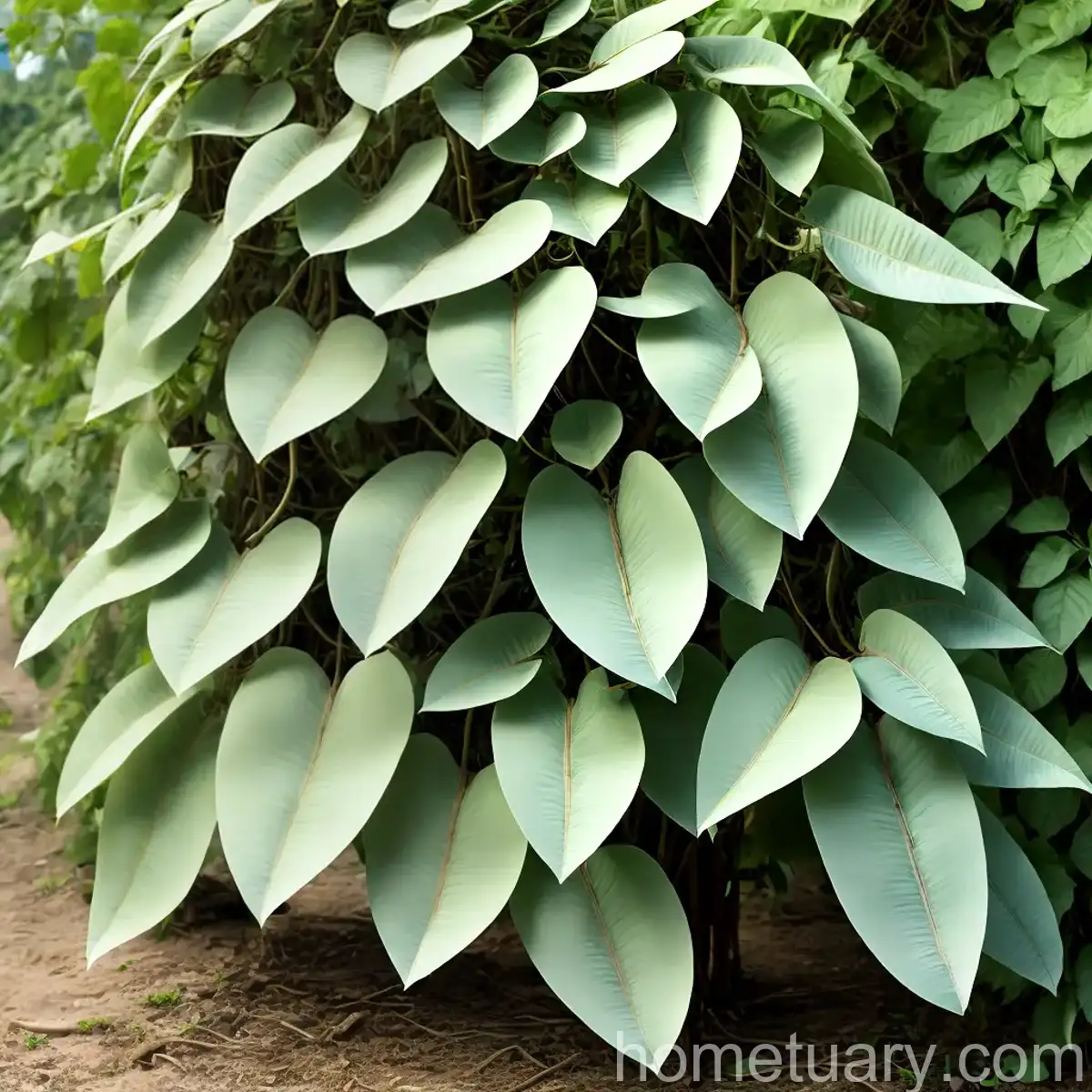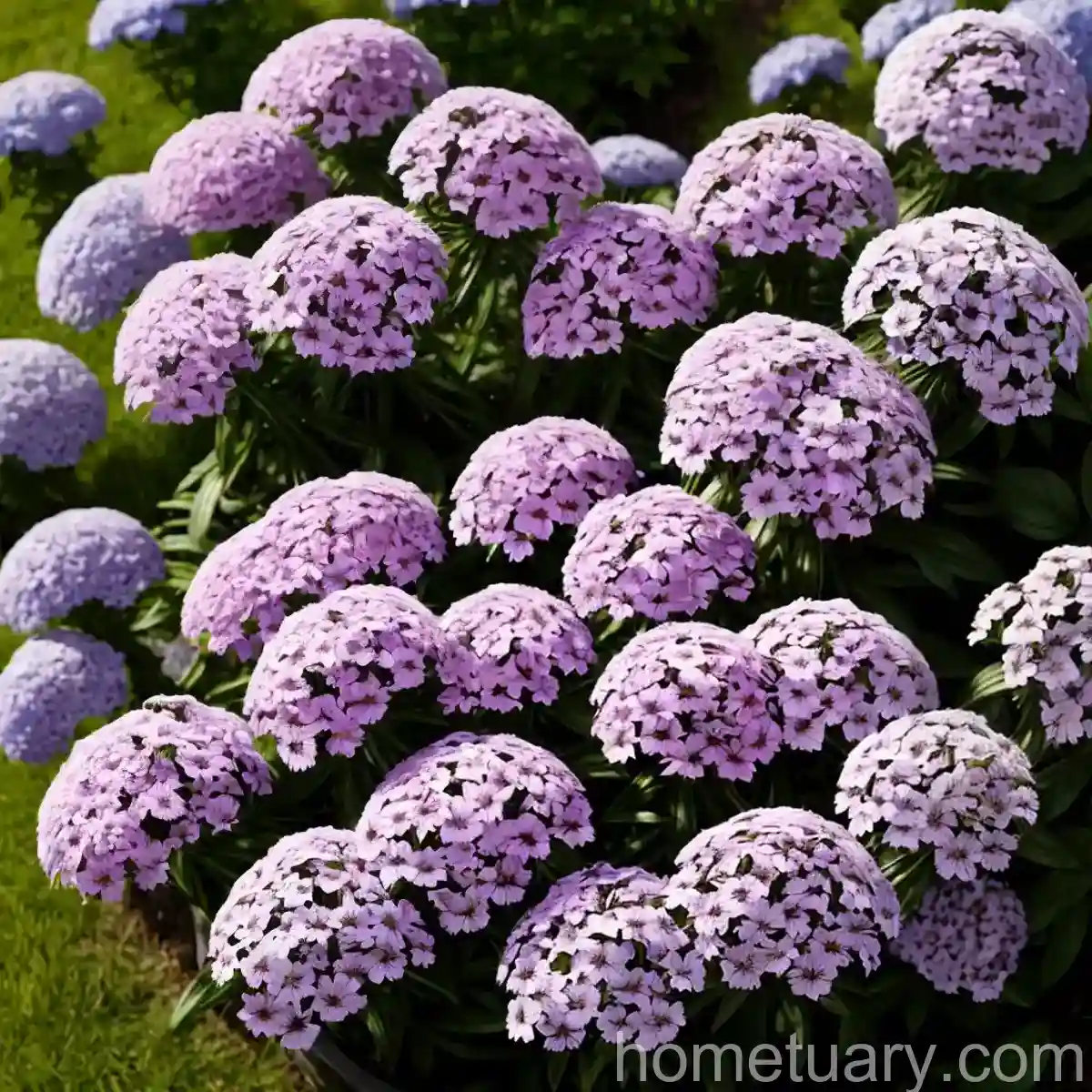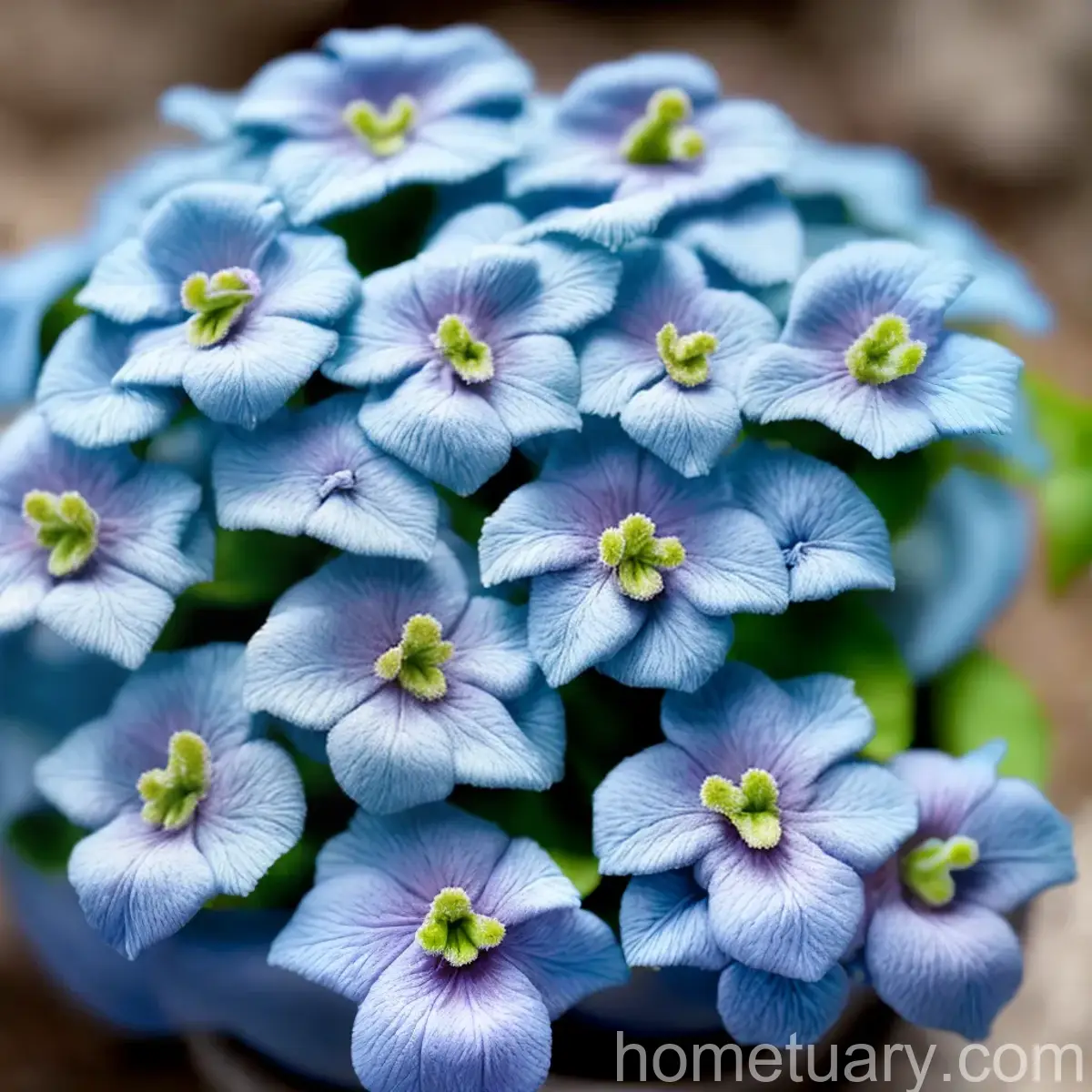The Common Water Hyacinth (Eichhornia crassipes)
The common water hyacinth (Eichhornia crassipes) is a fascinating aquatic plant that has gained attention for its beauty and unique characteristics. As a plant scientist, I am excited to explore the various aspects of this plant, including its culture, uses, growth habits, and environmental impact.
What is the Common Water Hyacinth?
The common water hyacinth, scientifically known as Eichhornia crassipes, is a free-floating perennial aquatic plant native to the Amazon basin in South America. It belongs to the Pontederiaceae family and is widely recognized for its attractive appearance, featuring glossy green leaves and striking lavender flowers. The plant has become naturalized in many regions worldwide, where it often forms dense mats on the water’s surface, impacting aquatic ecosystems and waterways.
Key Takeaways – Common Water Hyacinth (Eichhornia crassipes)
Eichhornia crassipes Characteristics
- Free-floating aquatic plant
- Glossy green leaves and lavender flowers
- Fast-growing and invasive
- Ability to form dense mats on water surfaces
Eichhornia crassipes Care Tips
- Requires ample water and sunlight
- Sensitive to cold temperatures
- Regular pruning to control growth
- Propagates rapidly through stolons and seeds
Water Hyacinth Uses
- Ornamental plant in water gardens
- Potential applications in phytoremediation
- Source of fiber for craft and textile production
- Nutrient-rich feed for livestock and poultry
Eichhornia crassipes Facts
- Introduced as an ornamental plant in the 19th century
- Considered a noxious weed in many regions
- Contributes to eutrophication and habitat degradation
- Subject to various control and management efforts
Water Hyacinth Plant Benefits
- Offers ecological services in nutrient uptake
- Provides habitat for aquatic organisms
- Potential economic uses in biomass production
- Contributes to water quality improvement in some cases
Culture
Water
The common water hyacinth is an aquatic plant that thrives in freshwater environments, such as ponds, lakes, and slow-moving rivers. It requires ample water to support its growth and nutrient uptake.
Sunlight
This plant thrives in full sunlight and requires at least six hours of direct sunlight each day to maintain vigorous growth and vibrant flowering.
Fertilizer
In natural aquatic environments, the common water hyacinth utilizes nutrients present in the water for its growth. In cultivated settings, the use of aquatic plant fertilizers may be necessary to support optimal growth and flowering.
Soil
As a free-floating aquatic plant, the common water hyacinth does not grow in soil. It derives its nutrients directly from the water through its roots.
Pruning
Regular pruning is essential for managing the growth of the common water hyacinth, especially in cultivated water gardens. By removing excessive plant material, the spread of the plant can be controlled, preventing the formation of dense mats.
Propagation
The common water hyacinth reproduces both sexually, through the production of seeds, and asexually, through the growth of stolons. This rapid propagation contributes to its invasive nature in many ecosystems.
Container Popularity
While the common water hyacinth is not commonly grown in containers due to its aquatic nature, it is popular as an ornamental plant in water gardens and decorative ponds.
Container
In a controlled environment, such as a well-maintained water garden, the common water hyacinth can be effectively contained and managed to prevent its spread to natural waterways.
Common Diseases
The common water hyacinth is relatively resistant to diseases, owing to its ability to thrive in diverse aquatic environments. However, it may be susceptible to rot and fungal infections in stagnant water.
Disease Diagnosis
Diagnosing diseases in the common water hyacinth involves observing changes in leaf color, texture, and overall plant health. In the case of any abnormalities, immediate action, such as water circulation improvement, may be necessary.
Common Pests
While the common water hyacinth is generally resistant to pests, it may attract certain insects, such as aphids and caterpillars, which can feed on its foliage.
Botanist’s Tips
- Regular monitoring and maintenance are essential for managing the growth of the common water hyacinth.
- Consider the potential invasiveness of the plant before introducing it to natural water bodies.
- Utilize the plant’s rapid growth for phytoremediation purposes in polluted water bodies.
Fun Facts
- The common water hyacinth is known for its ability to double its population size in a matter of days under ideal conditions.
- Several countries have introduced biological control measures, such as the use of weevils, to manage the rampant growth of the plant in waterways.
Links to External Resources
- Eichhornia crassipes – USDA National Invasive Species Information Center
- Water Hyacinth Management and Control – University of Florida IFAS Extension
In the next sections, we will delve into the uses of the common water hyacinth, its growth habits, and its environmental impacts.
Common Water Hyacinth Uses
The common water hyacinth offers various practical uses, ranging from its ornamental value in aquatic gardens to its potential applications in phytoremediation and as a renewable resource.
Ornamental Plant in Water Gardens
With its attractive appearance and vibrant flowers, the common water hyacinth is often cultivated as an ornamental plant in water gardens and decorative ponds.
Potential Applications in Phytoremediation
The plant’s rapid growth and ability to absorb nutrients from the water make it a potential candidate for phytoremediation efforts in polluted water bodies, aiding in the removal of excess nutrients and pollutants.
Source of Fiber for Craft and Textile Production
In some regions, the fibrous stems of the common water hyacinth are utilized in craft and textile production, contributing to the creation of durable and sustainable materials.
Nutrient-Rich Feed for Livestock and Poultry
The plant’s nutrient content makes it suitable as a supplementary feed for livestock and poultry, providing essential nutrients and fiber.
Eichhornia crassipes Growth Habits
Understanding the growth habits of the common water hyacinth is crucial for effectively managing its presence in aquatic environments and exploring its potential benefits.
Fast-Growing and Invasive
The common water hyacinth is known for its rapid growth rate, allowing it to quickly colonize and dominate water surfaces, particularly in nutrient-rich environments.
Ability to Form Dense Mats on Water Surfaces
Under favorable conditions, the common water hyacinth can form dense mats on the water’s surface, inhibiting light penetration and oxygen exchange, ultimately impacting aquatic ecosystems.
Water Hyacinth Environmental Impact
While the common water hyacinth offers certain benefits, its invasive nature and aggressive growth pose significant environmental challenges.
Contributes to Eutrophication and Habitat Degradation
In nutrient-rich water bodies, the rapid growth of the common water hyacinth can lead to eutrophication, causing imbalances in aquatic ecosystems and impacting native flora and fauna.
Subject to Various Control and Management Efforts
Due to its invasive nature, the common water hyacinth is the target of numerous control and management efforts, including physical removal, chemical treatment, and biological control methods.
Water Hyacinth Control Methods
Controlling the spread of the common water hyacinth is essential for preserving the ecological balance of aquatic ecosystems. Various methods are employed to manage its growth and limit its environmental impact.
Physical Removal
Mechanical removal of the common water hyacinth from water bodies through manual harvesting or the use of specialized equipment is a commonly used control method.
Chemical Treatment
The application of herbicides and algaecides is employed to control the growth of the common water hyacinth in affected water bodies, although care must be taken to minimize potential ecological harm.
Biological Control Methods
Introducing natural predators of the common water hyacinth, such as weevils and moths, is considered a sustainable approach to managing the plant’s population in invasive habitats.
In the subsequent sections, we will explore the unique adaptations of the common water hyacinth, its habitat, and its role in freshwater ecosystems.
Eichhornia crassipes Adaptations
As an aquatic plant, the common water hyacinth has evolved unique adaptations to thrive in diverse water environments, leading to its successful colonization in numerous regions.
Common Water Hyacinth Habitat
The common water hyacinth is commonly found in freshwater habitats, including slow-moving rivers, ponds, and lakes with nutrient-rich waters that support its rapid growth.
Water Hyacinth as a Natural Filter
The plant’s ability to absorb nutrients from the water makes it an effective natural filter, aiding in the reduction of excess nutrients and pollutants in aquatic ecosystems.
Eichhornia crassipes Floating Plant
As a free-floating plant, the common water hyacinth utilizes air-filled sacs in its stem to remain buoyant and to maintain its position on the water surface.
Water Hyacinth Water Quality
The presence of the common water hyacinth can influence water quality in both positive and negative ways, depending on the specific environmental context and the extent of its growth.
Water Hyacinth Management Strategies
Implementing effective management strategies for the common water hyacinth is crucial for mitigating its impact on water quality and aquatic ecosystems.
Eichhornia crassipes Ecological Role
The ecological role of the common water hyacinth extends to its influence on nutrient cycling, oxygenation, and the provision of shelter for various aquatic organisms.
Water Hyacinth Uses in Gardening
While the common water hyacinth presents challenges in natural water bodies, it is valued as an ornamental plant in cultivated water gardens and decorative ponds, contributing to the aesthetic appeal of aquatic landscapes.
Water Hyacinth and Aquatic Animal Habitats
Despite its invasive nature, the common water hyacinth provides habitat and refuge for aquatic organisms, including fish, invertebrates, and amphibians, supporting biodiversity in some cases.
Eichhornia crassipes Environmental Threats
The aggressive growth and spread of the common water hyacinth pose significant environmental threats, particularly in regions where it has become an invasive species.
Water Hyacinth Impact on Biodiversity
The rapid colonization of water bodies by the common water hyacinth can lead to the displacement of native plant species and alterations in aquatic food webs, influencing biodiversity.
Eichhornia crassipes Oxygenation Capabilities
While excessive growth of the common water hyacinth can lead to oxygen depletion in water bodies, the plant’s photosynthetic activity contributes to localized oxygenation during daylight hours.
Common Water Hyacinth Invasive Species Control
The management and control of the common water hyacinth as an invasive species require coordinated efforts to mitigate its impact on natural ecosystems and water resources.
Water Hyacinth in Freshwater Bodies
The widespread presence of the common water hyacinth in freshwater bodies necessitates consistent monitoring and strategic interventions to prevent its uncontrolled expansion.
Eichhornia crassipes Benefits for Wildlife
In certain contexts, the dense cover provided by the common water hyacinth can serve as refuge and breeding grounds for various aquatic species, offering benefits for wildlife.
Common Water Hyacinth as a Bioindicator
The presence and abundance of the common water hyacinth can serve as a bioindicator of environmental conditions, particularly in relation to nutrient levels and water quality.
Water Hyacinth Economic Implications
The economic implications of the common water hyacinth are multifaceted, encompassing both its detrimental effects on fisheries and navigation and its potential uses as a renewable resource.
Eichhornia crassipes Flowering Period
The flowering period of the common water hyacinth presents an opportunity for the rapid production and dispersal of seeds, contributing to its population expansion.
Common Water Hyacinth Removal Techniques
Efficient and sustainable removal techniques are essential for addressing the widespread presence of the common water hyacinth and minimizing its impact on ecosystems and socioeconomic activities.
Water Hyacinth and Algae Control
The common water hyacinth is implicated in both the control and the proliferation of algae in aquatic environments, with its impact varying based on local environmental conditions and management practices.
Water Hyacinth and Mosquito Breeding Prevention
While the dense mats of the common water hyacinth can create stagnant water pockets conducive to mosquito breeding, the plant’s presence may also limit the spread of disease-carrying mosquitoes by reducing open water surfaces.
Eichhornia crassipes Adaptations to Different Climates
The adaptability of the common water hyacinth to a range of climatic conditions contributes to its global distribution and its ability to thrive in diverse aquatic environments.
Common Water Hyacinth as a Floating Garden
In some cultures, the common water hyacinth is utilized as a floating garden for the cultivation of edible plants, showcasing its potential in sustainable agricultural practices.
Water Hyacinth and Aquatic Animal Habitats
The presence of the common water hyacinth can influence the availability of resources and habitat conditions for aquatic animals, impacting the ecological balance of affected water bodies.
Eichhornia crassipes as a Renewable Resource
Exploring the potential uses of the common water hyacinth as a renewable resource presents opportunities for sustainable development and innovative applications in various industries.
Common Water Hyacinth Biocontrol Methods
Biological control methods, such as the introduction of weevils and other natural predators, are considered sustainable approaches for managing the population of the common water hyacinth in affected ecosystems.
Water Hyacinth Research and Studies
Ongoing research and studies are essential for advancing our understanding of the common water hyacinth and developing effective strategies for its management, utilization, and potential conservation.
In conclusion, the common water hyacinth (Eichhornia crassipes) presents a complex interplay of ecological, economic, and cultural aspects that warrant careful consideration and management. Its unique characteristics, rapid growth, and environmental impact underscore the need for integrated approaches to its control and utilization, emphasizing the importance of sustainable coexistence with this remarkable aquatic plant.
As an avid plant scientist, I find the common water hyacinth to be a compelling subject of study, given its diverse attributes and the various implications of its presence in aquatic environments. Should you be interested in further exploring the intricate world of aquatic plants and their ecological interactions, I encourage you to delve into the resources cited in this article and embark on your own journey of discovery.

